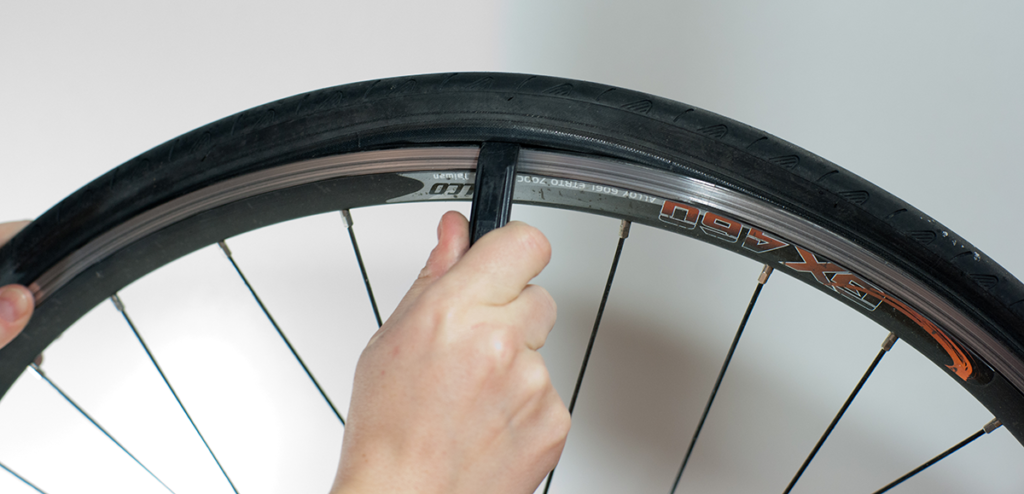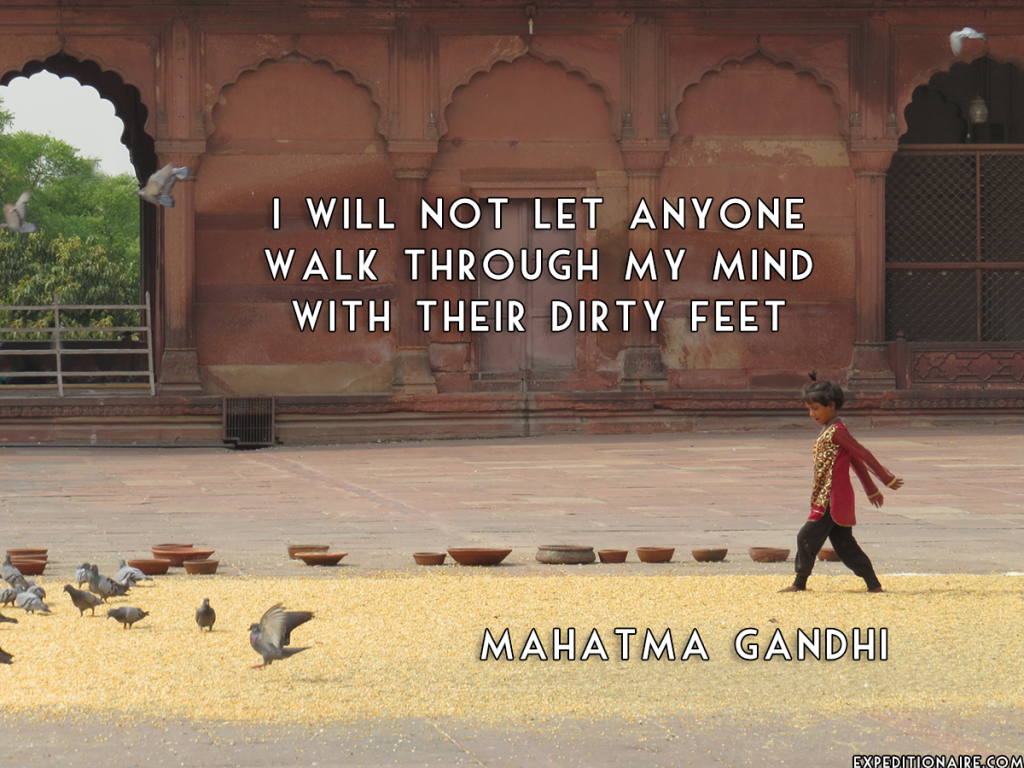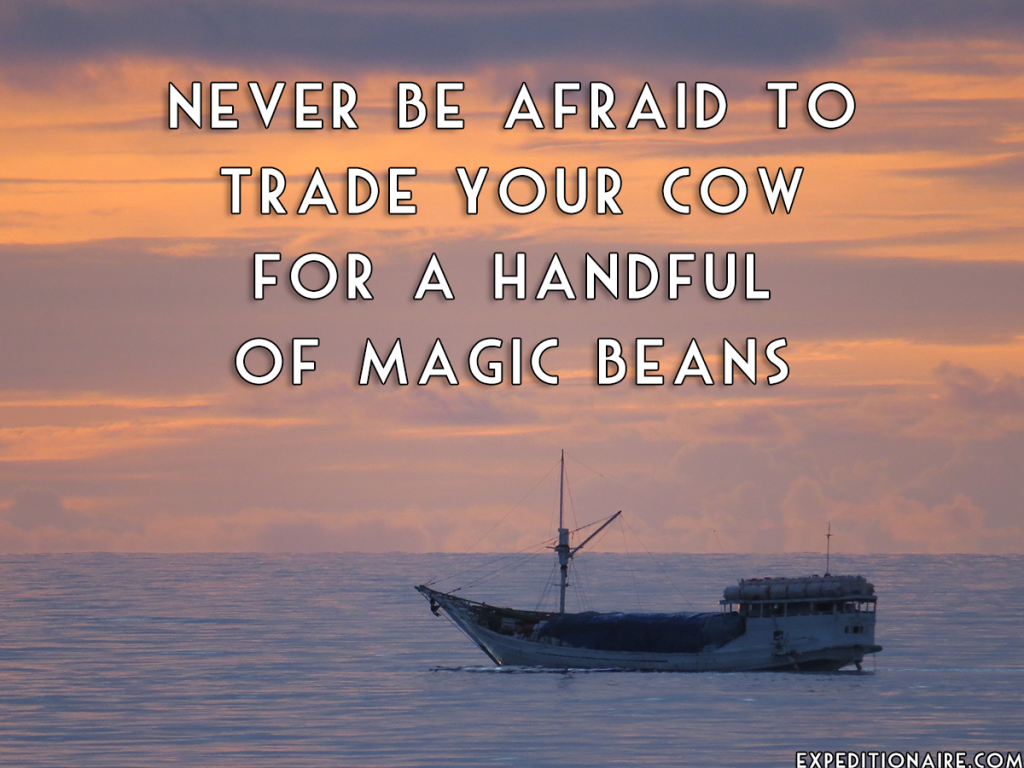This is an older HBR article by Michael D. Watkins, but it does not seem dated. When a leader is hired to replace someone at the Director level or above, Watkins asks the new leader to do a short analysis and adjust their strategy up front.
From the article:
“STARS” is an acronym for the five common situations leaders may find themselves moving into: start-up, turnaround, accelerated growth, realignment, and sustaining success.
I was once handed a new supervisor who viewed every new role as a chance to “make his mark.” He had approached every job – almost a dozen – in this way for over 20 years. He was hard-wired to treat each new job as a turnaround. And my goodness, was he hard to work for. The work did NOT need to be turned around, decidedly not. The place was highly successful, and sustaining that success (or as I like to say “keeping the trains running on time”) should have been the main focus.
Instead, this new leader decided to “shake things up a bit” for almost a year. Half my time was spent convincing the new leader that his focus on rebranding, opening unfunded business lines, seeking growth in obscure markets; “doing more with less,” were not answers to any existing problems. The work suffered, the staff suffered, and in the end, the customers suffered so much that criticism rang out loudly in the surveys.
In 20 years as a tactician, this leader had never developed strategic skills, and floundered when those skills were needed most. If you are a leader new-to-a-role, or are working under someone who “just doesn’t get it,” this article may help.
Let me know what you think in the comments!
Image from: https://en.wikipedia.org/wiki/Night_sky#/media/File:Starry_Night_at_La_Silla.jpg
(My book West By Sea is 20% off in August with discount code. Enjoy!)











